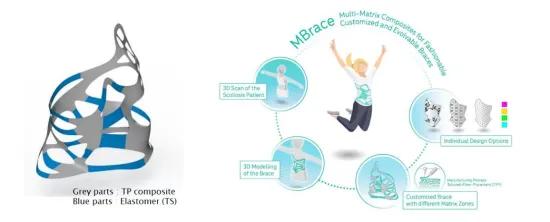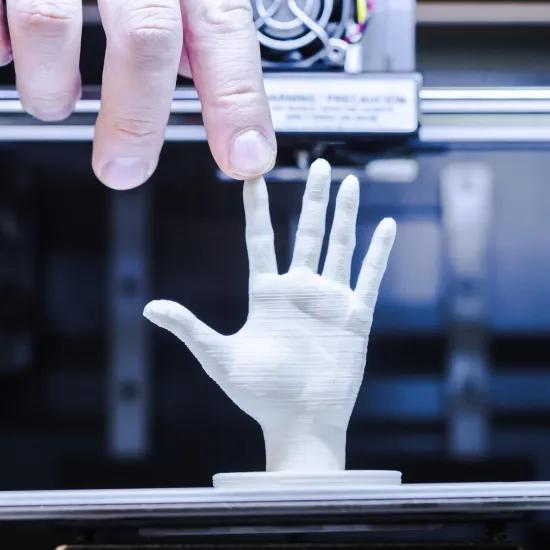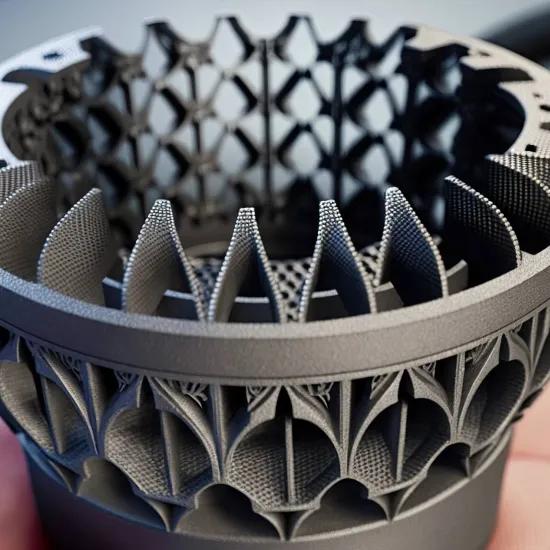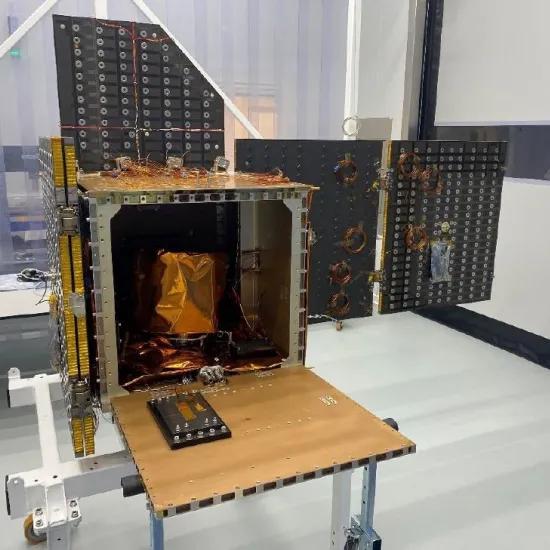At the start of the new school term, Sirris and its industrial partner Isomatex are starting a new three-year European M-Era.Net project: MBrace.
The project’s aim is to develop original techniques based on tailored fibre placement technology, towards the design of an aesthetic and innovative orthopaedic brace for the medical treatment of spine displacement (scoliosis) and to introduce the mineral fibre produced by Isomatex as the indispensable reinforcement feature to ensure patient comfort.
Illustration of the brace design and the M-Era.Net MBrace project programme
In concrete terms, we can expect:
- structure design of optimised organic geometry, produced thanks to tailored fibre placement, and associating rigid thermoplastic (TP) inserts and elastomer connections,
- a significant reduction in mass, hence a reduction in load for the patient,
- considerable improvement in freedom of movement and aesthetics,
- a targeted biomechanical effect of the brace structure for improved therapy,
- possible adaptation of the biomechanical effect through small readjustments to insert form during a post-correction phase.
For Isomatex, the aim of this project is to optimise compatible sizing with selected resins, to ensure sustainable brace performance.
For Sirris, this project will aim to develop and improve the different innovative manufacturing technologies required, based on easily tailored tooling solutions. This includes consolidating the brace’s various thermoplastic inserts and overall infusion, by means of a thermoset elastomer resin, to finalise the product and make it comfortable.
To achieve this aim, specific technologies and tooling will need to be developed, produced and improved, at a reasonable cost. To do so, Freeform 3D printing will serve as the support technology. As illustrated, it results from the combination of an extruder and a robotic arm.
Illustration of the 3D freeform technique perfected by Sirris.
Since the thermoplastic material is reversible, a specific study will be conducted on the post-correction of the insert form, in an aim to adapt the brace design in line with ongoing therapy.








